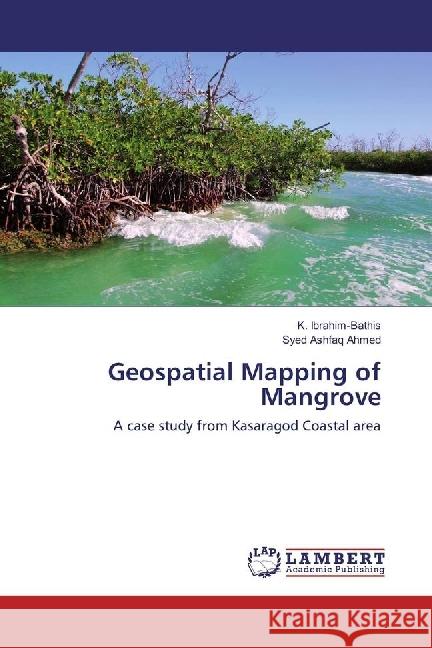Geospatial Mapping of Mangrove : A case study from Kasaragod Coastal area » książka
Geospatial Mapping of Mangrove : A case study from Kasaragod Coastal area
ISBN-13: 9783330328341 / Angielski / Miękka / 2017 / 68 str.
This research book focused on the e sparse and fringing Mangroves of Kasaragod district, which were distributed along the coast and backwaters. The mangroves are one of evergreen forest, productive and biodiverse wetlands in the tropical and subtropical region. It protects from the river and tidal flooding and acts as a barrier against typhoons, cyclones, hurricanes, and tsunamis. Climatic, Soil, and Tidal amplitude are governing the formation and distribution of Mangroves. Urbanization and increased pressure of the population these unique natural habitats are destroyed and reoccupied by the constructions and man-made structures. Sand mining and Municipal waste are the major cause of the decline in the density of Mangroves and their association in the region. The flora was represented by seven species and dominated by Avicennia officinalis, Rhizophora apiculata, and Kandelia. Geospatial technologies are utilized to the map the major mangrove species in the region to assess the area. Sustainability of these coastal scrubs can be only possible by measuring the quantifying area regularly.











